Ho Chi Minh City issues plan to boost PCI and Doing Business indices
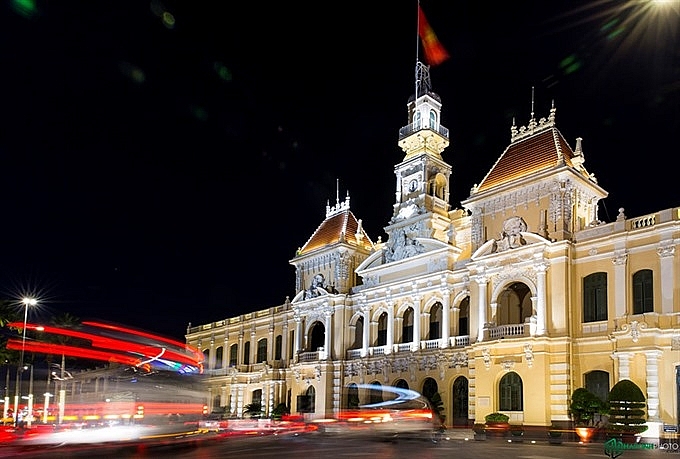 |
| Ho Chi Minh City Post Office at night. Ho Chi Minh City authorities are striving to raise the Doing Business Index by 8-18 positions. - Photo news.zing.vn |
According to the plan, the City will take measures to improve the business environment indicators, especially with regard to the World Bank’s Doing Business Index, with the aim of boosting the City’s ranking by eight to 18 positions. Last year, Vietnam ranked 68th in the World Bank’s Doing Business Report.
Targets for some specific indicators include: “starting a business” index will increase by at least 40 steps and the “enforcing contract” index and “resolving insolvency” index will rise by 10 steps each.
These indicators had the lowest scores in the Doing Business 2018 Report.
The southern economic hub only ranked eighth in the PCI 2017 Report, higher than Hanoi (13th position) but trailing behind the top three cities including Quang Ninh, Da Nang and Dong Thap.
The city is committed to abolishing and simplifying 50 per cent of its business and investment conditions. It is also proposing to remove a number of conditional business lines, as well as cut at least 50 per cent of goods subject to specialised inspection.
Particularly, the city will strongly change the State management method, shifting from mostly pre-checking to mostly post-checking, eliminating cases in which one product is subject to specialised control by more than one State agency and reducing the proportion of imported goods subject to specialised inspections at the customs clearance to less than 10 per cent from current 25-27 per cent.
Regarding administrative procedures, the Ho Chi Minh City authorities will strive to put into use 30-40 per cent of online public services related to citizens and enterprises at the level 3 and 4 by the end of 2018. At these levels, users can fill in and send application forms to authorities over the internet. The forms are processed online. At Level 4, fees can be paid over the internet.
The city has also issued a plan to measure the satisfaction of citizens and organisations with respect to the public services in the fields of health and education in the period of 2018-20.
The set of criteria consists of 26 indicators in five areas, including access to public administrative services, administrative procedures, work handling by civil servants, delivery of results of public services and receiving and resolving comments by citizens.
What the stars mean:
★ Poor ★ ★ Promising ★★★ Good ★★★★ Very good ★★★★★ Exceptional
 Tag:
Tag:
Related Contents
Latest News
More News
- Danang makes push for free trade zone (November 11, 2024 | 15:01)
- Danang pinpoints areas to unleash economic potential (November 11, 2024 | 14:53)
- Ca Mau builds up service-oriented administration (November 11, 2024 | 14:29)
- Digital transformation the driving force for Quang Nam (November 11, 2024 | 13:00)
- Tien Giang emerging as strategic investment hub (November 11, 2024 | 11:00)
- Vietnam welcomes more semiconductor enterprises (November 11, 2024 | 10:41)
- Quality must come first in chip mission (November 11, 2024 | 10:33)
- Developers pinpoint energy dealmaking (November 11, 2024 | 08:00)
- German businesses explore investments in Dong Nai (November 08, 2024 | 18:02)
- Vietnam poised to become hub in global semiconductor supply chain (November 07, 2024 | 16:00)


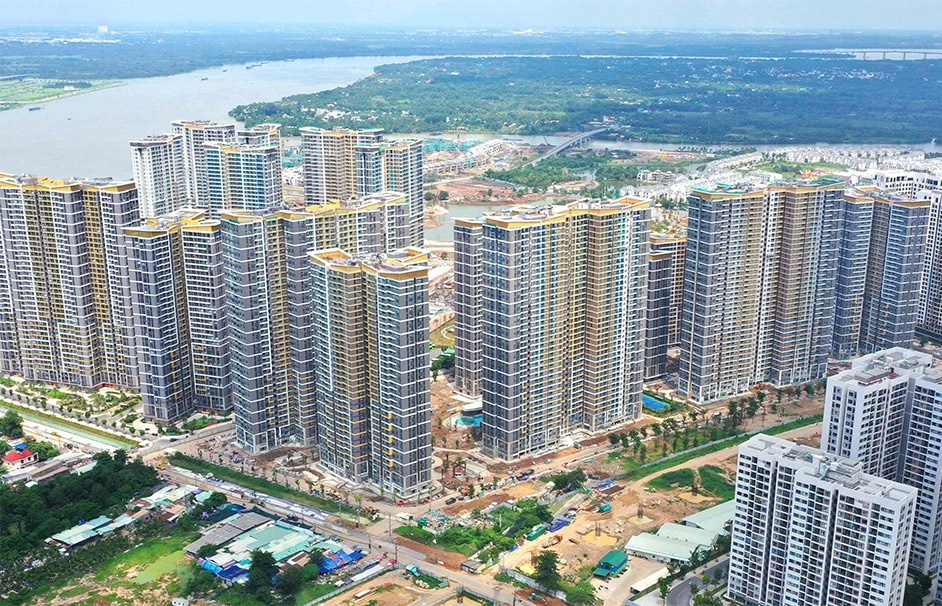

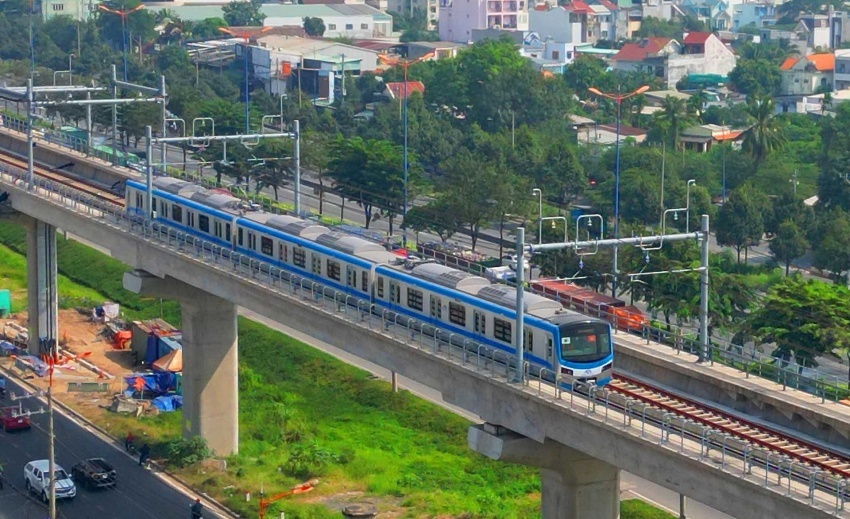

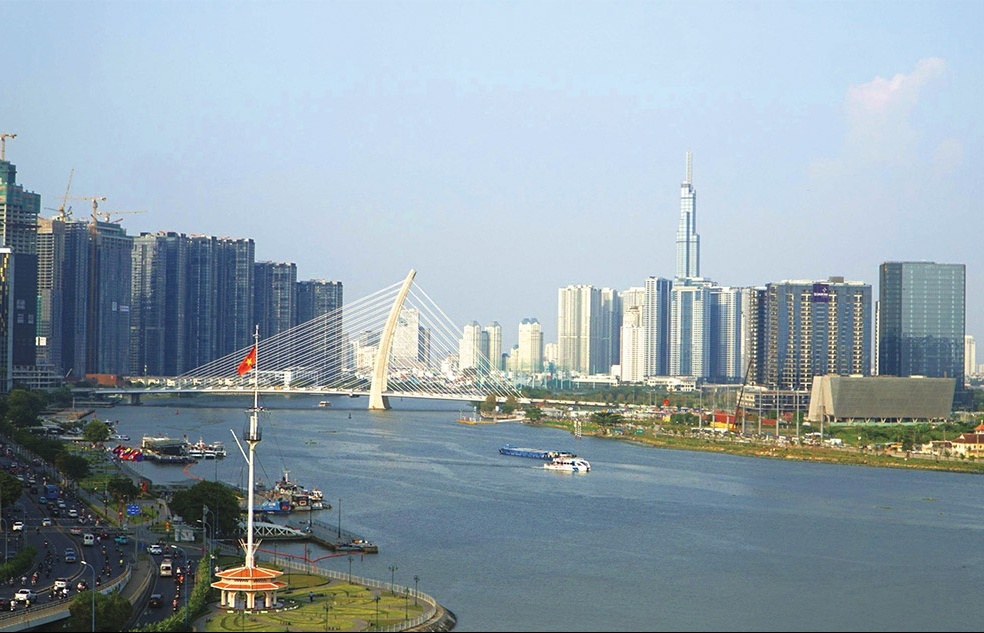
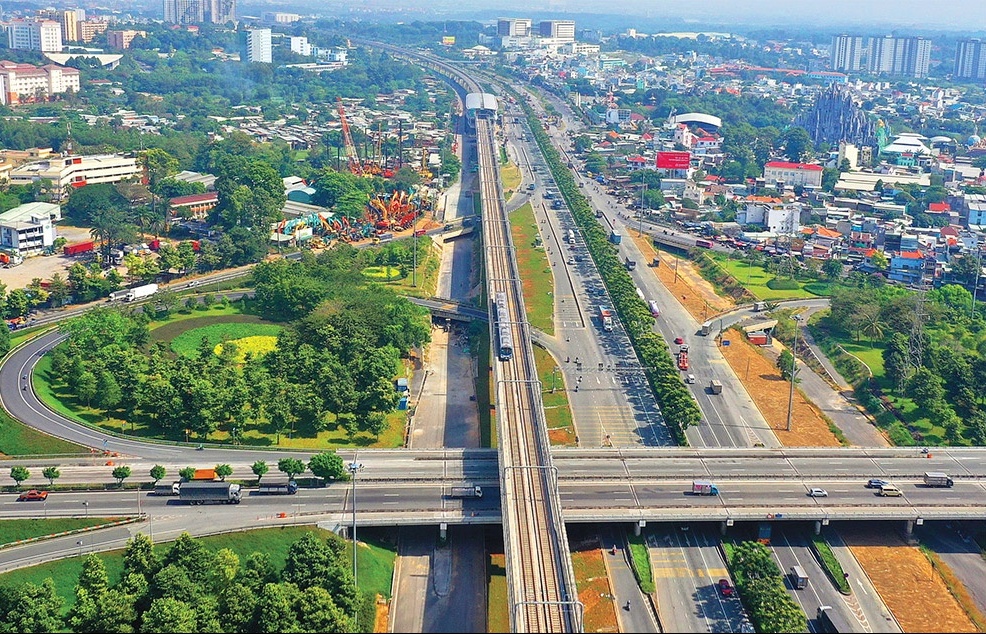

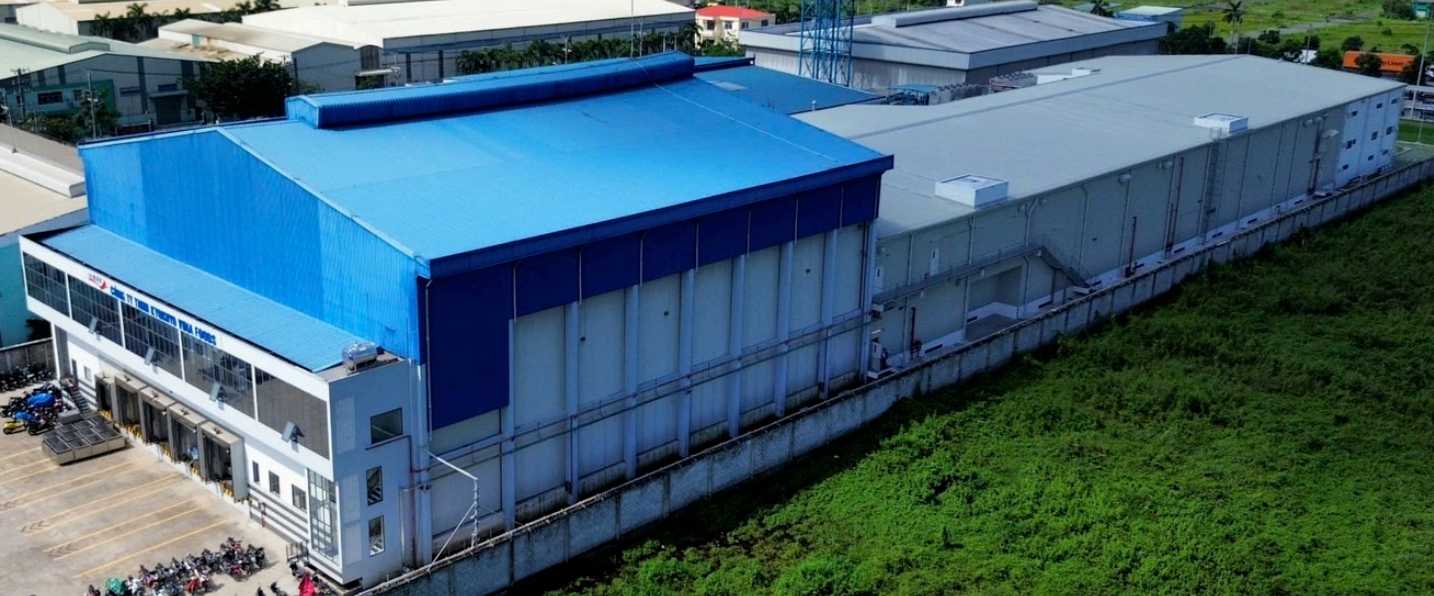













 Mobile Version
Mobile Version